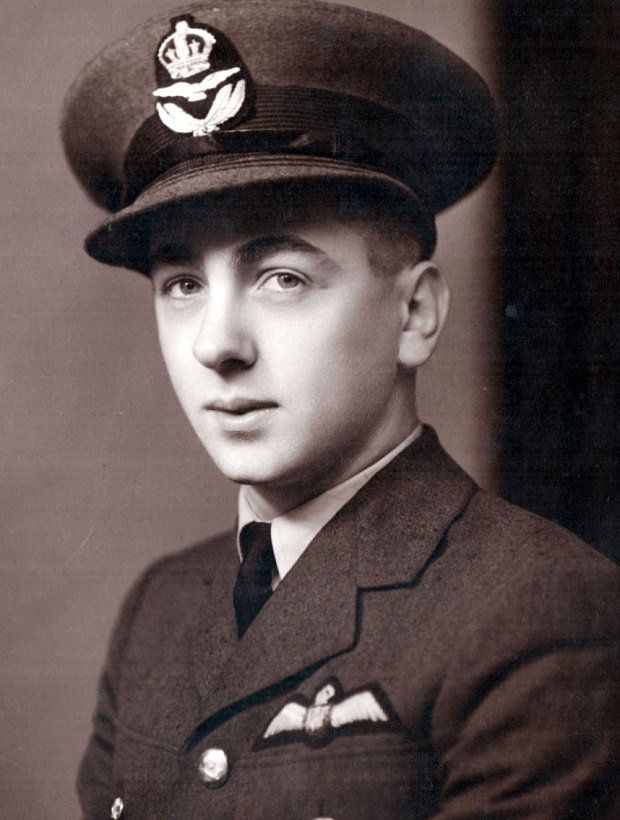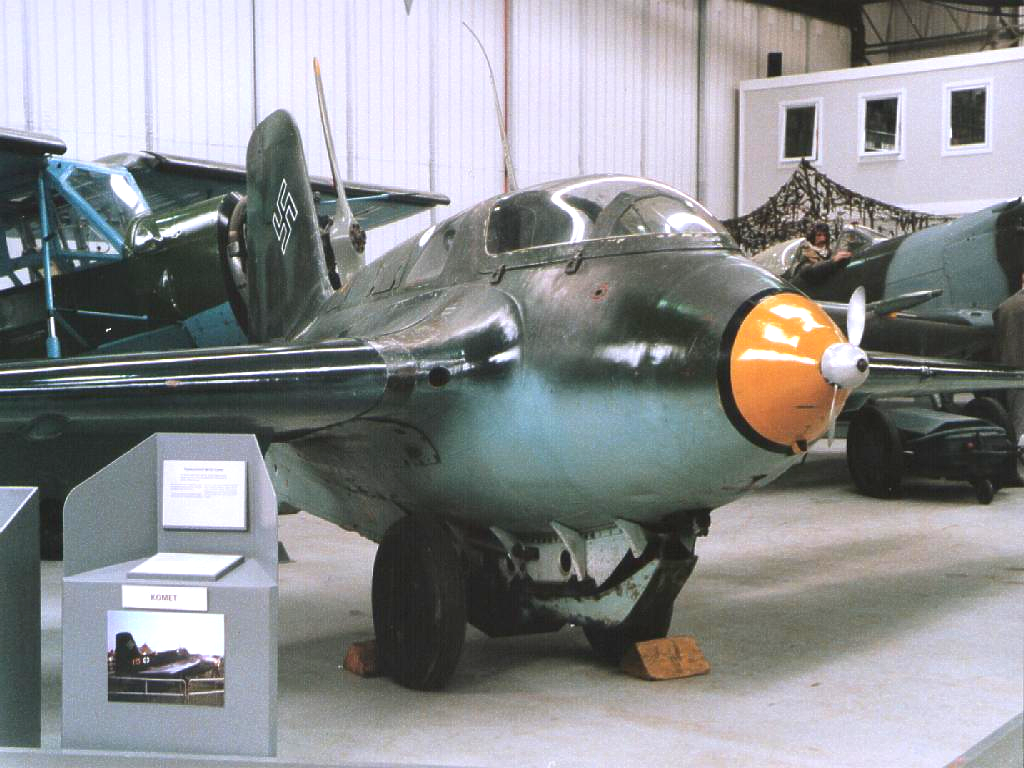Menu
Captain Eric M. "Winkle" Brown CBE, DSC, AFC (RN) - (1919-2016)
Captain Eric Melrose "Winkle" Brown, CBE, DSC, AFC, Hon FRAeS, RN, lived from 21 January 1919 to 21 February 2016. He was a renowned naval aviator and test pilot who holds a record unlikely ever to be beaten for the largest number of different aircraft types flown by a single person (487). He also holds the record for the largest number of aircraft carrier take-offs and landings performed by a single person, 2,407 and 2,271 respectively. And he was the most-decorated pilot in the history of the Royal Navy, who in later life was widely acknowledged by others as "the greatest pilot ever".
Eric Brown was born in Leith. His father had served in the Royal Flying Corps during World War One, and Brown first flew in the late 1920s when he was taken up in a Gloster Gauntlet single-engined biplane fighter, sitting on his father's knee. In 1936, the 17-year-old Brown was taken by his father to see the Berlin Olympics. The existence of the Luftwaffe, the German air force, had only recently been acknowledged at the time, and Brown was taken by his father to meet a number of the key members of the organisation, including Ernst Udet, a World War One fighter ace. On discovering Eric's love of flying, Ernst Udet took him up as a passenger in a two-seat Bücker Jungmann and treated him to a vigorous display of aerobatics. This was so memorable that the incident was recounted by Eric when he appeared as a guest on the 3,000th edition of BBC Radio 4's Desert Island Discs in November 2014.
In 1937 Brown left Edinburgh's Royal High School and moved on to the University of Edinburgh, where he studied modern languages with a particular emphasis on German. While there he joined what would later become the University Air Squadron and learned to fly. In February 1938 he returned to Germany to attend an Automobile Exhibition at the invitation of Ernst Udet, by now a major-general in the Luftwaffe, with support from Britain's Foreign Office. Here he witnessed the indoor demonstration of the Focke-Wulf FW 61 helicopter by Hanna Reitsch. In 1939 Brown's language studies saw him placed at the Schule Schloss Salem, near Lake Constance in southern Germany. On the outbreak of World War Two he was briefly detained by the SS, before being allowed to drive into nearby Switzerland.
Back in Britain, Brown joined the Royal Navy Volunteer Reserve as a Fleet Air Arm pilot, and was posted to 802 Squadron, flying the Grumman Martlet fighter from the Royal Navy's first escort carrier, HMS Audacity. He shot down two Luftwaffe marine patrol aircraft before HMS Audacity was sunk by a U-boat on 21 December 1941. Brown was one of only 24 survivors from the ship. He subsequently went on to fly with Royal Canadian Air Force units stationed in Britain, before going to Italy in 1943 to evaluate captured enemy aircraft. On his return to Britain he was posted to the Royal Aircraft Establishment at Farnborough, where his expertise in carrier operations was put to use testing the Naval versions of the Hurricane and Spitfire (Sea Hurricane and Seafire). By the end of 1943 he had made some 1,500 deck landings on 22 different aircraft carriers. On 25 March 1944 he made the first ever landing of a twin-engined aircraft on an aircraft carrier. He also became involved in high speed testing of aircraft it was hoped could tackle the growing threat of V1 flying bombs, learning lessons that were then applied to fighters escorting bombers of the United States Army Air Forces over Germany.
Eric Brown Photo Gallery

Slide title
Captain Brown in Martin Martlett
Button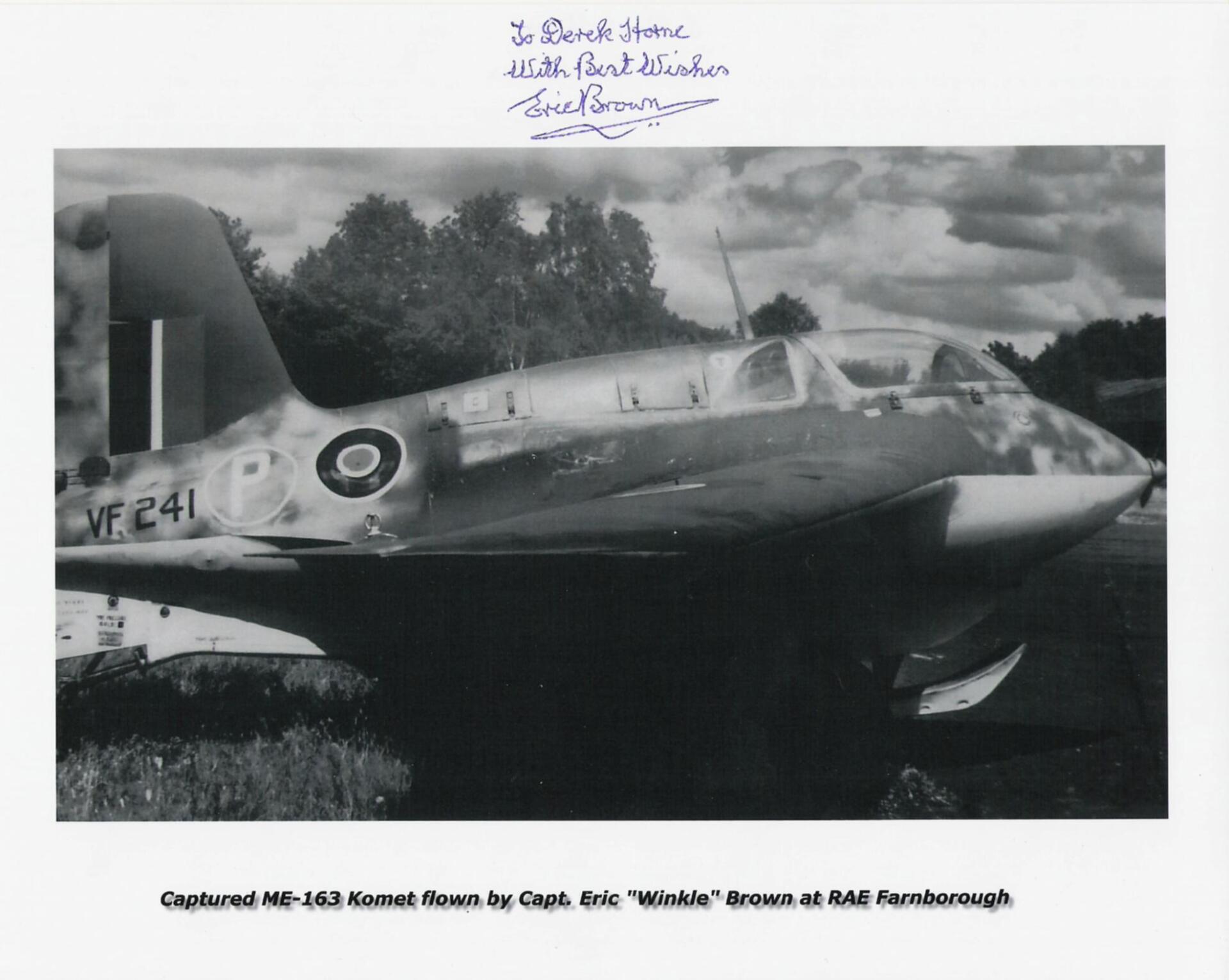
Slide title
Captured ME-163 Komet
ButtonSlide title
The very ME-163 Komet flown by Captain Brown - Authors photo
Button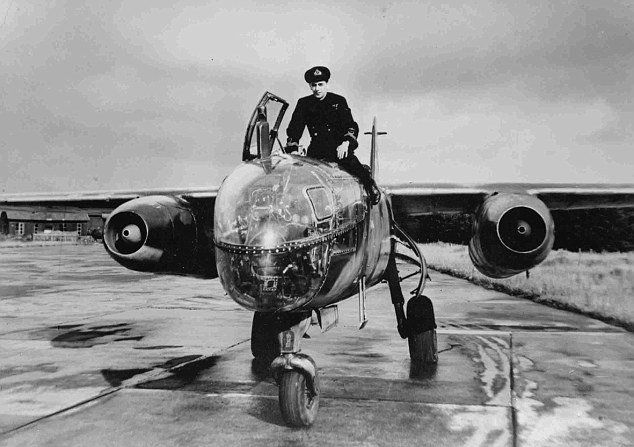
Slide title
Captain Brown with Arado 234
Button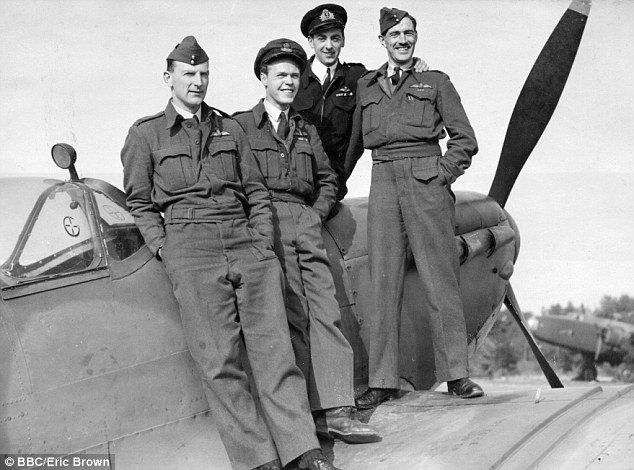
Slide title
Captain Brown & Test Pilots of the High Speed Flight
Button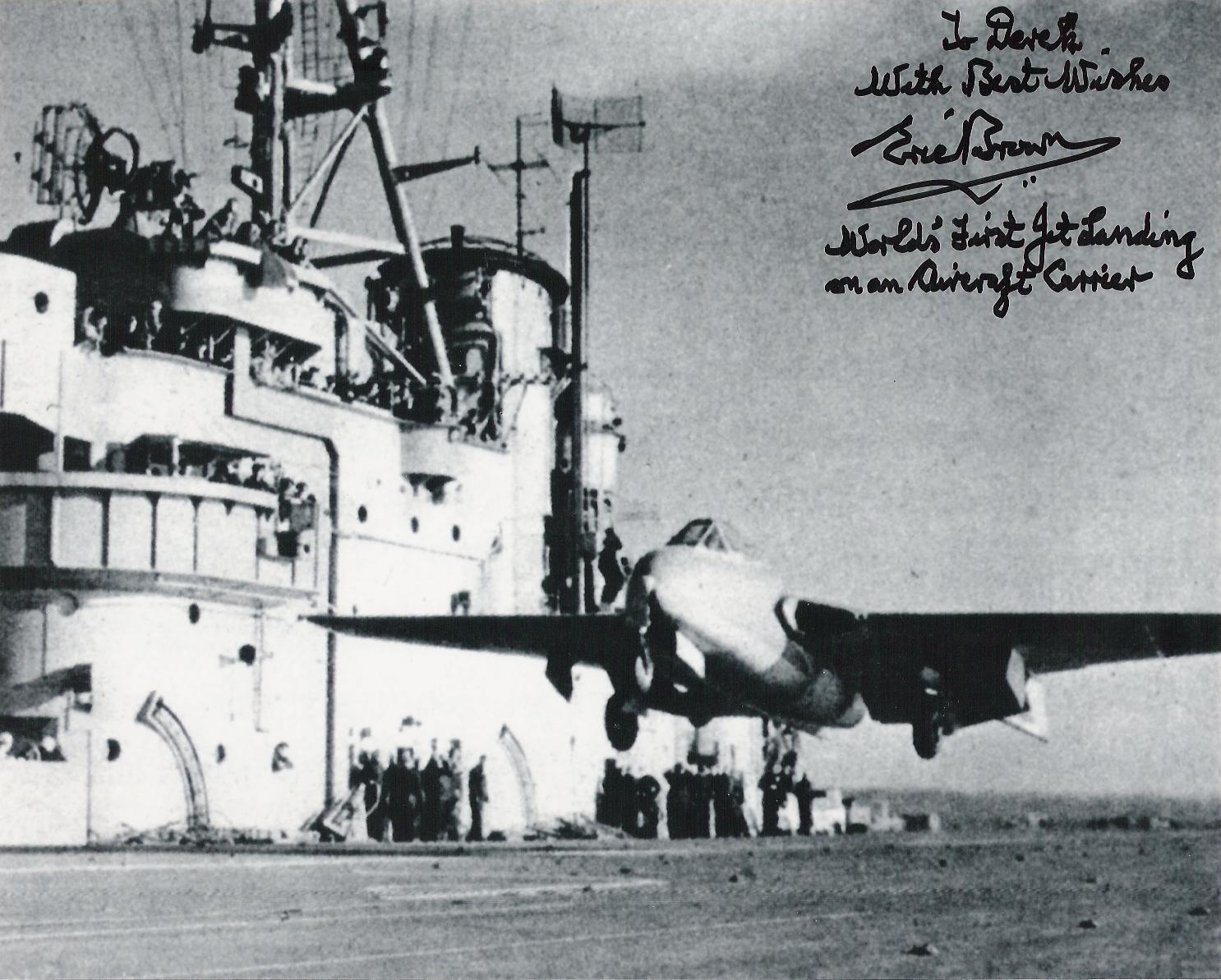
Slide title
First Carrier Jet Landing
Button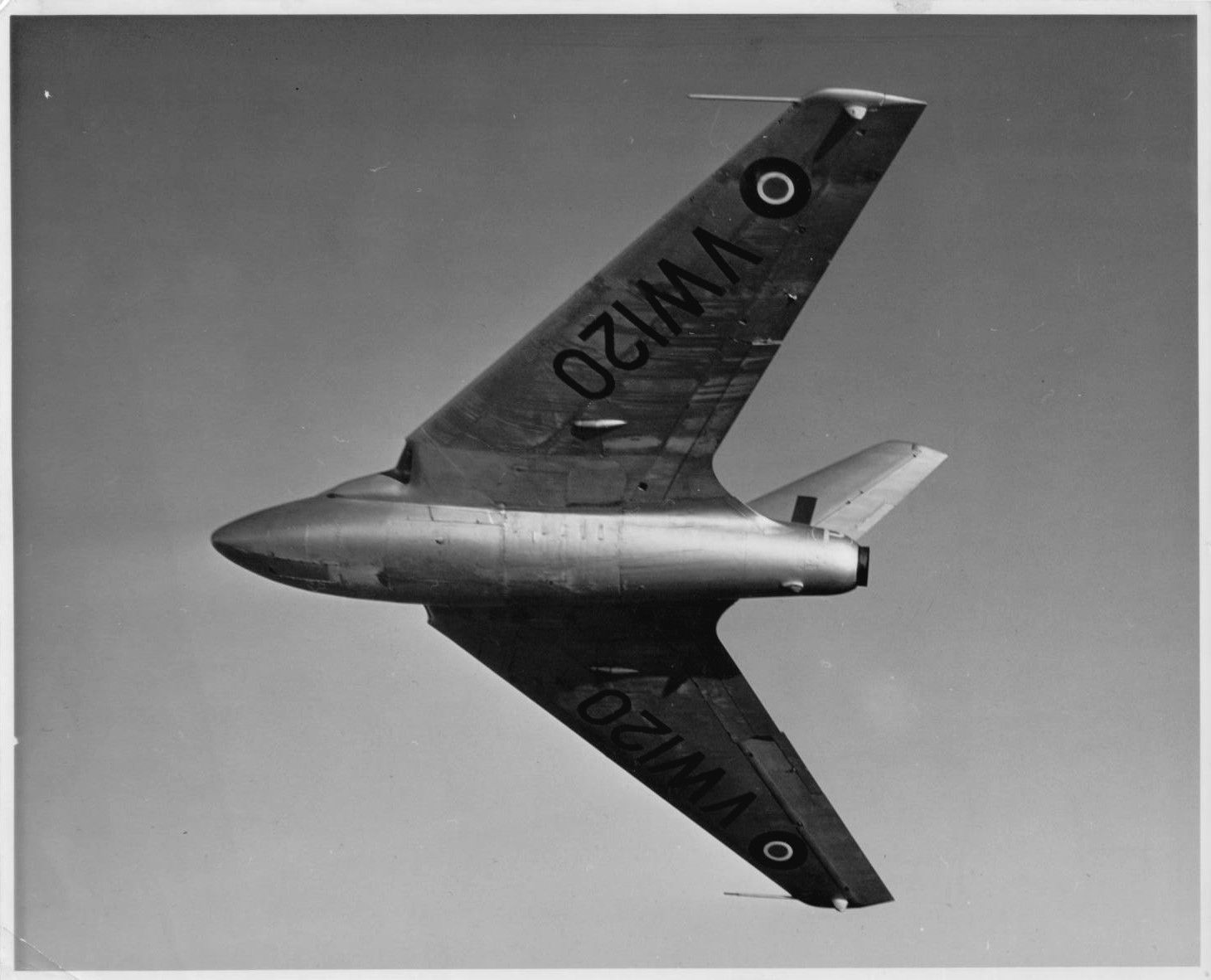
Slide title
de Havilland DH.108 Swallow
Button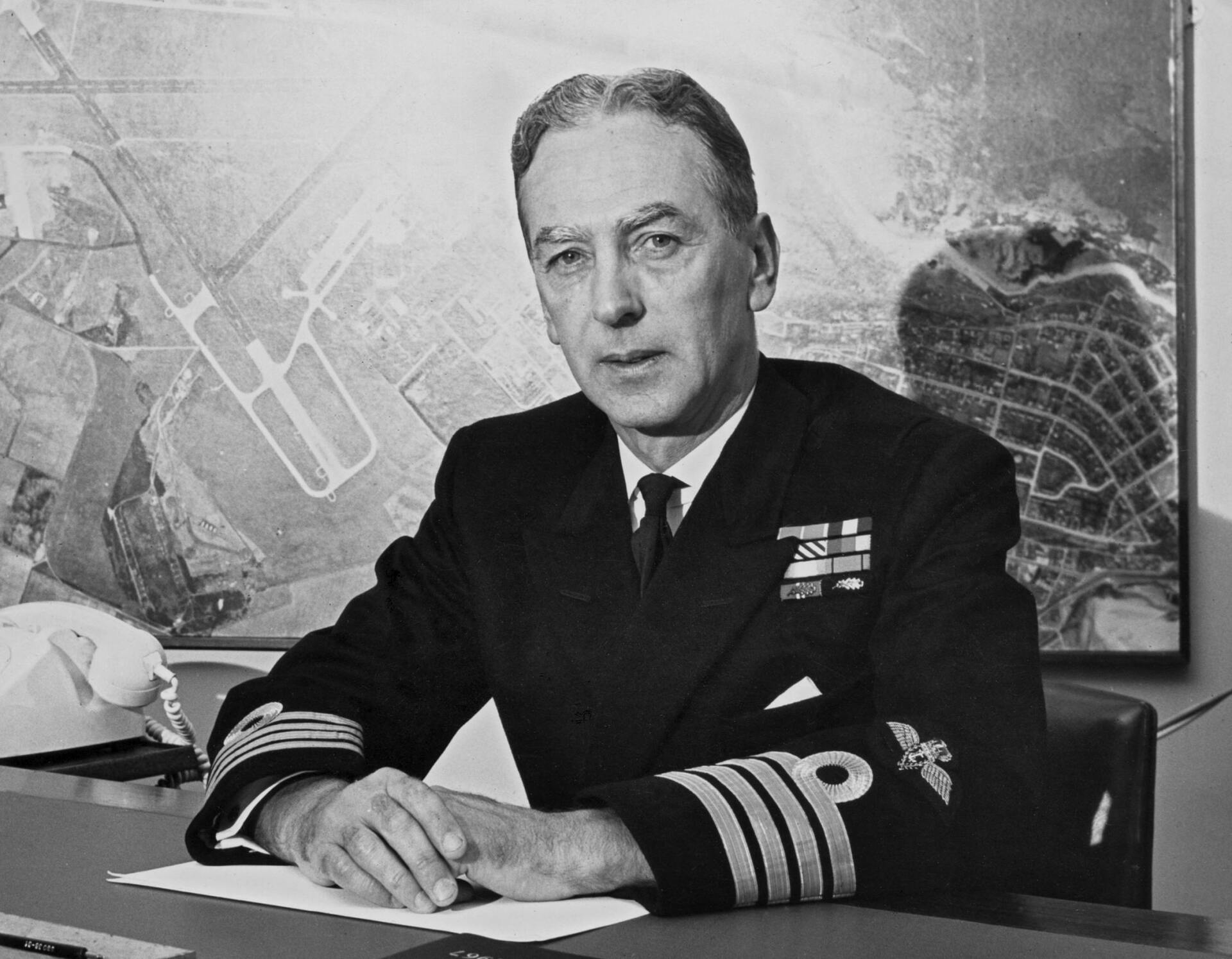
Slide title
Commander - RNAS Lossiemouth
Button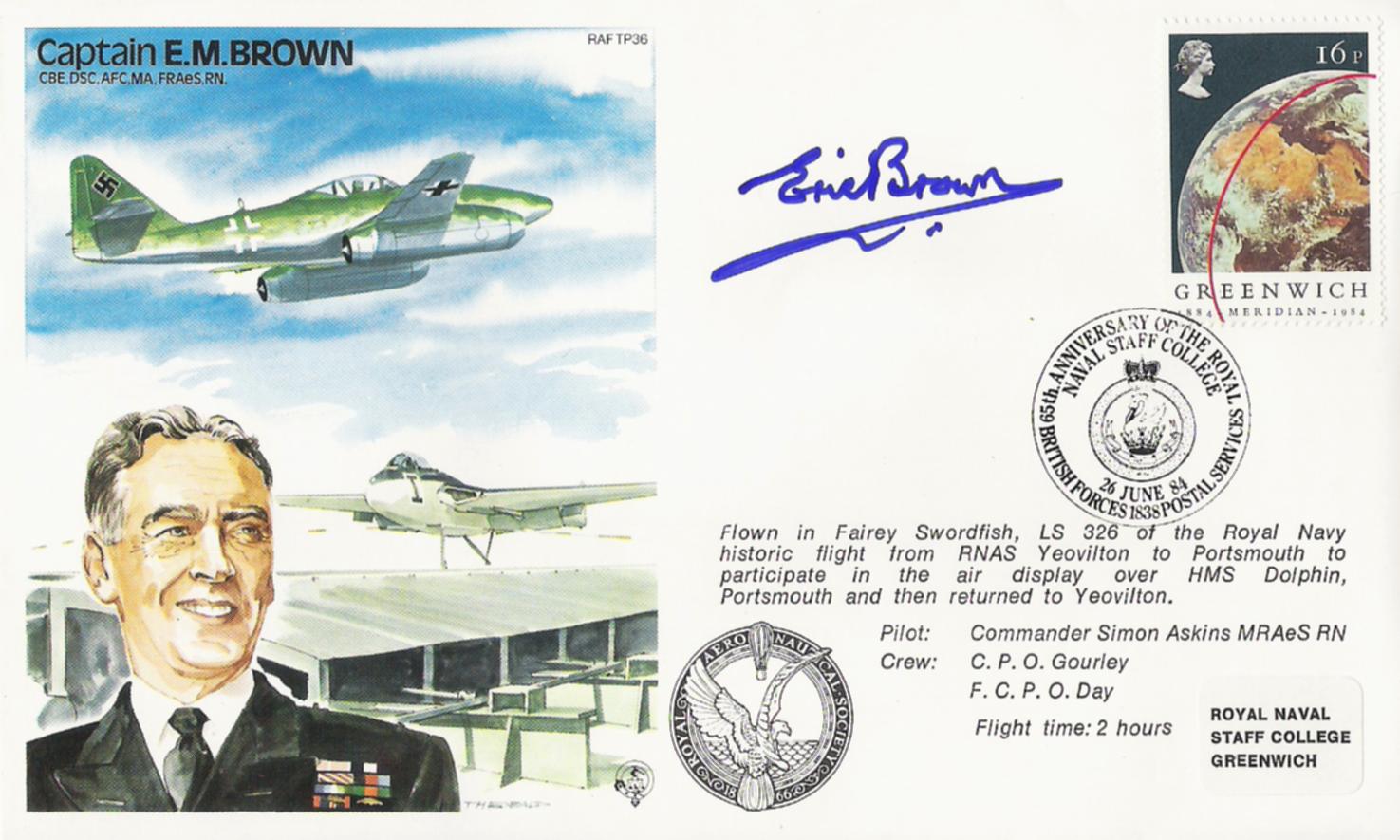
Slide title
Commemorative Postal Cover
Button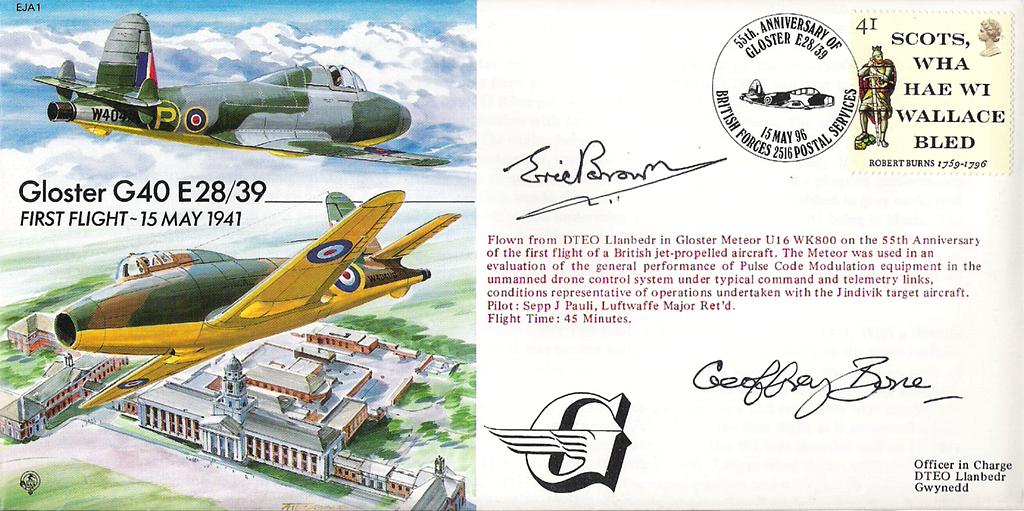
Slide title
Gloster E.28/39 cover
Button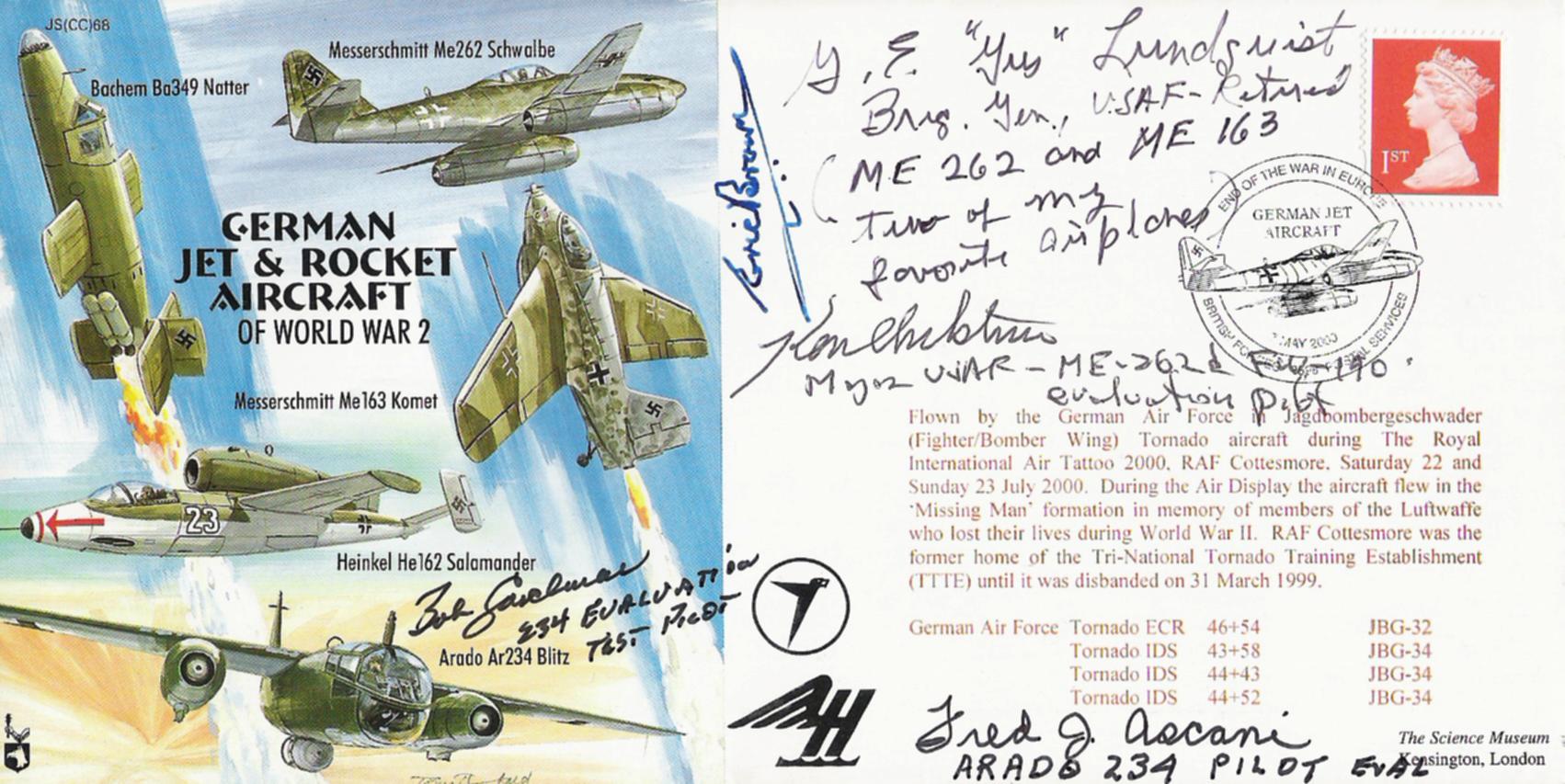
Slide title
German Jet & Rocket aircraft - Signed by pilots that flew the Captured aircraft
Button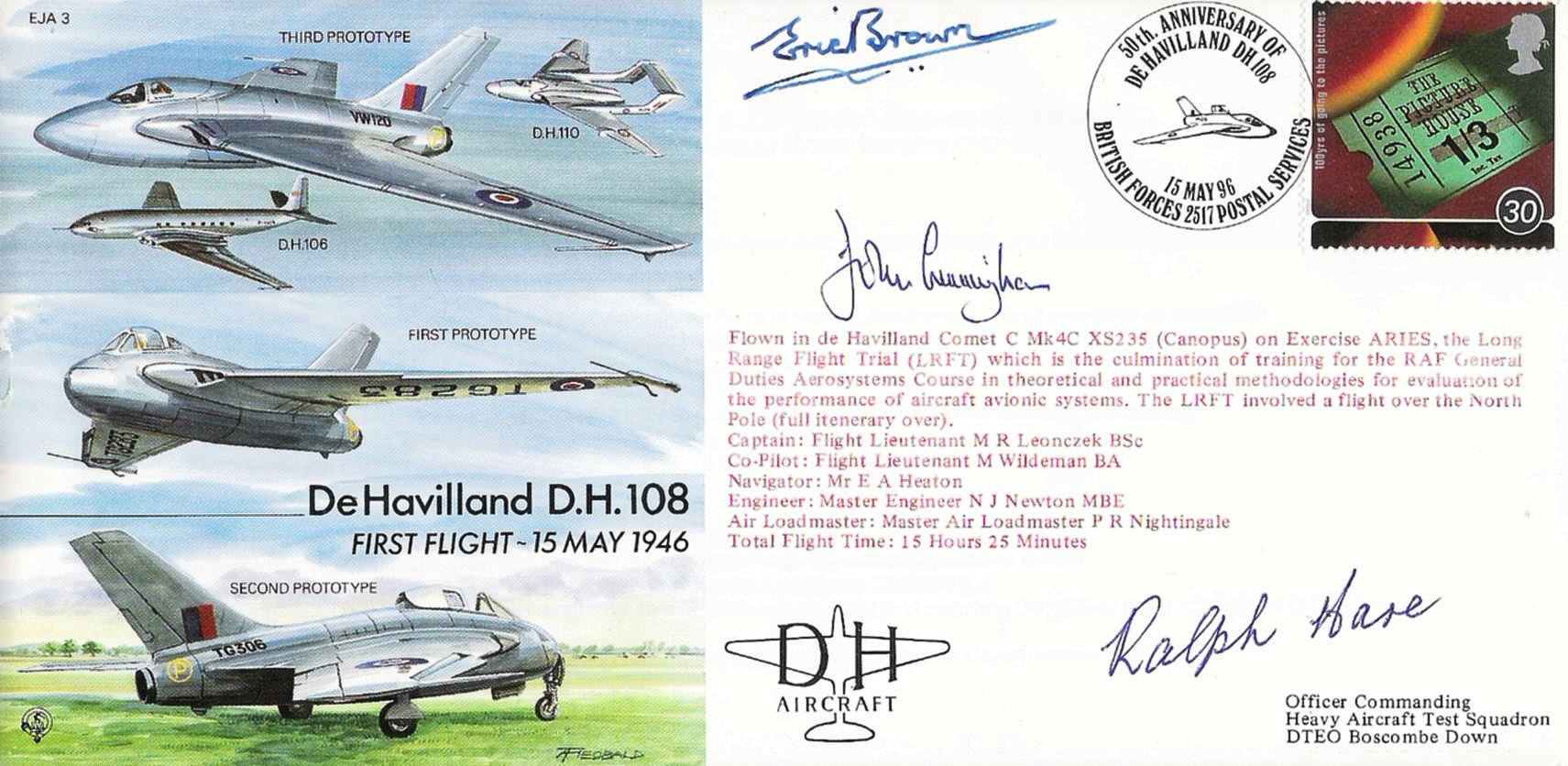
Slide title
de Havilland DH.108 cover signed by John Cunningham & Winkle
Button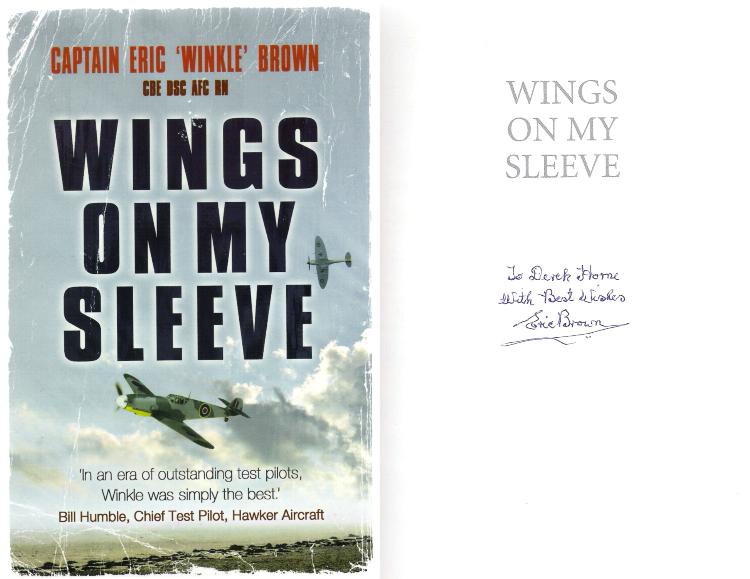
Slide title
Wings On My Sleeve
Button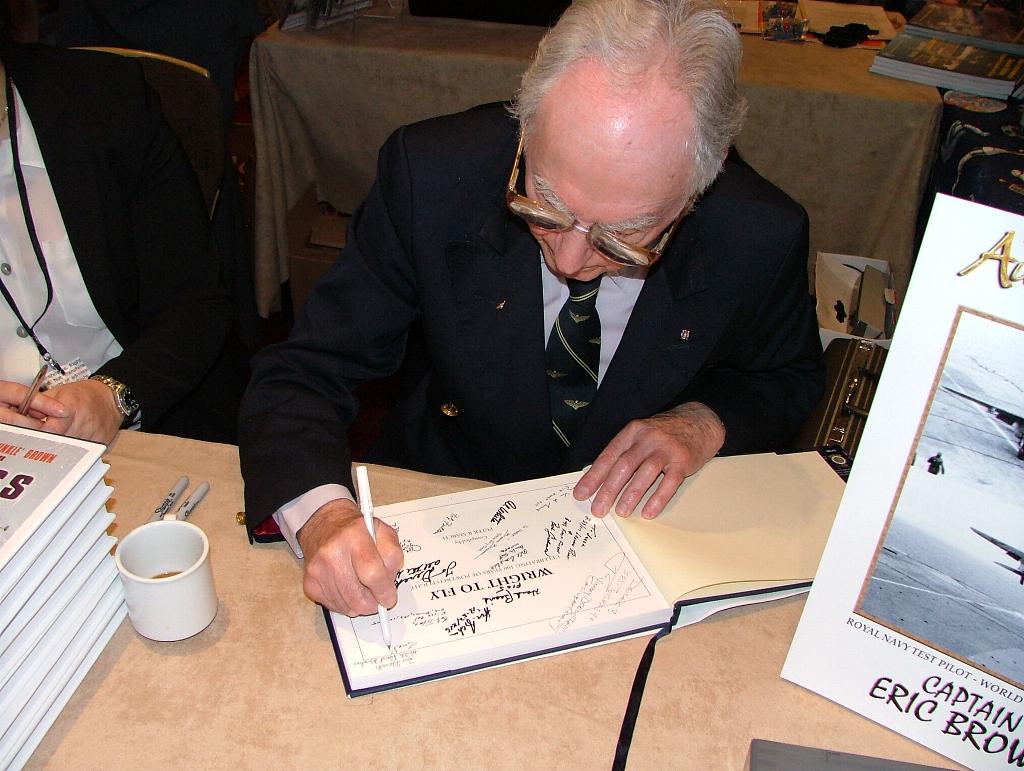
Slide title
Captain Brown signing my "Wright to Fly" book
Button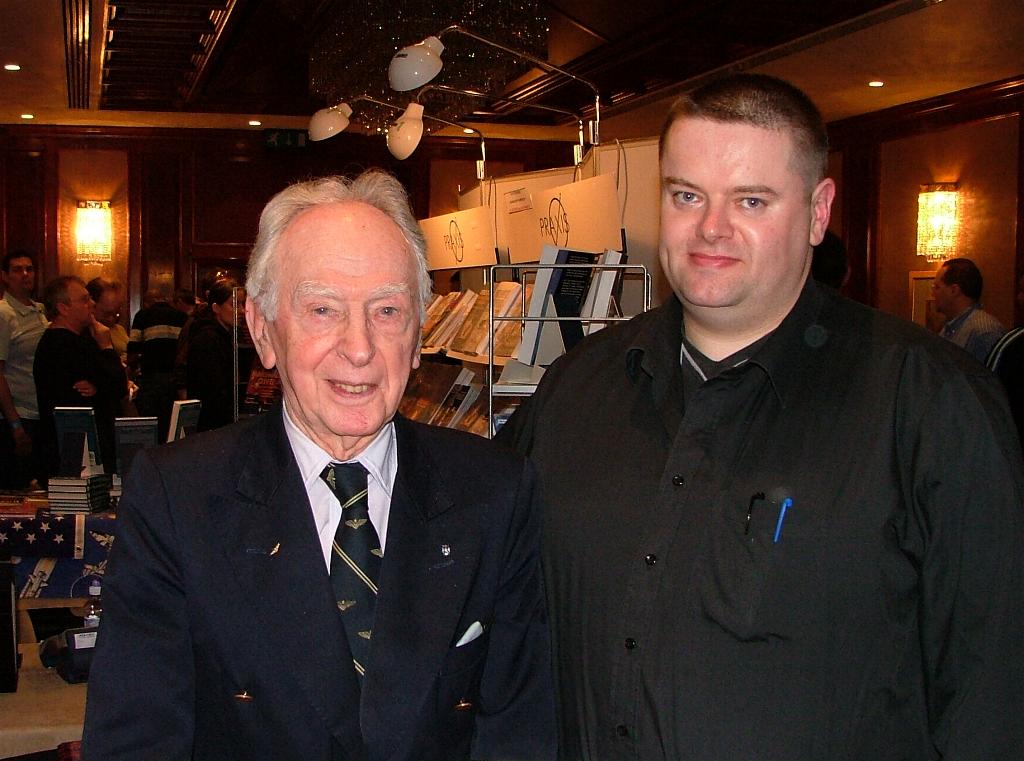
Slide title
With Captain Brown at Autographica 2007
Button
In 1944, Brown began testing jet aircraft. In February 1945, having taught himself the basics of control from a manual handed to him shortly before take-off, he flew one of the first Sikorsky R-4 helicopters from Liverpool to Farnborough. On 4 April that year he made the world's first landing and take-off from an aircraft carrier in an aircraft with a tricycle undercarriage. Near the end of World War Two, Brown was given command of "Operation Enemy Flight", whose aim was to collect as much information as possible about the Luftwaffe's many advanced aircraft programmes. This led to him landing at a Luftwaffe airfield in Denmark to take possession of a number of Arado 234 twin-jet bombers, only to find that the allied ground troops who were meant to have captured the airfield had not yet arrived. Luckily the Luftwaffe commander was content to surrender his airfield and his 2,000 men to Brown, who subsequently arranged for the return of a dozen of the aircraft to Britain. His fluency in German also led to his being asked to help interrogate the camp commander of the newly liberated Bergen-Belsen concentration camp.
After the war, Brown continued to test enemy aircraft at Farnborough, flying 53 different Luftwaffe types in all including the formidable (and from a pilot's perspective often fatal) Me 163 Komet rocket fighter; this very aircraft is on display at the National Museum of Scotland's "Museum of Flight" at East Fortune in East Lothian. He also helped interview many key German aviation experts, including Wernher von Braun, Hermann Göering, Willy Messerschmitt and Dr. Ernst Heinkel.
He later moved on to more high-speed testing of many different types of aircraft, including the experimental de Havilland DH.108 Swallow, a type which had earlier killed Geoffrey de Havilland, Jr. Brown’s highest speed flights in the DH.108 were in near vertical dives; some from 45,000 feet. On one flight he reached Mach 0.985; tantalisingly close to breaking the sound barrier. On another attempt, this time diving from 30,000 feet when Brown reached 4,000 feet and indicated Mach 0.88 it happened. The same loss of control and extreme buffeting that de Havilland had encountered when the extreme porpoise motion slammed de Havilland’s head into the canopy breaking his neck. Thankfully Brown was of a much lesser stature, and he was able to regain control and bring the aircraft back home safely. It was a close call, but he lived to tell the tail! The same cannot be said for Brown’s replacements in the high speed flight section; two pilots (both RAF pilots that had been under his command) Squadron Leader Stuart Muller-Rowland & & Squadron Leader George Genders were tragically killed in the DH.108 in separate incidents in 1950.
On 3 December 1945 he made the world's first landing of a jet aircraft on an aircraft carrier when he arrived on board HMS Ocean in a de Havilland Sea Vampire.
Later testing work included flying the Saunders-Roe SR.A/1 jet-powered flying boat. In the 1950s he went to the United States, where he demonstrated the Royal Navy's steam catapult and the newly devised angled deck to the US Navy. The USN embraced both innovations on their own aircraft carriers with enthusiasm. During a two year secondment to the United States Naval Test Pilot School at Patuxent in Maryland, Brown continued to add to his collection of types flown, including 36 different types of helicopter.
In 1957, Brown became Chief of the British Naval Mission to Germany, where he played an important role in re-establishing German naval aviation as a separate arm from the post-war Luftwaffe. This progressed so quickly that in 1960 the newly-established Marineflieger squadrons were integrated into NATO. He later spent a short period as a test pilot for the Focke-Wulf company. In the 1960s, Brown served as deputy director of naval air warfare in the Admiralty and helped plan new Royal Navy aircraft carriers. In September 1967, by now a captain, he took command of HMS Fulmar, the Royal Naval Air Station that has since become RAF Lossiemouth in Scotland. He held this post until March 1970, albeit combining his final year with service as a naval aide de camp to Queen Elizabeth II. He retired from the Royal Navy in 1970.
Eric Brown continued to play an active role in aviation. He served as president of the Royal Aeronautical Society from 1982-83, and was a prolific author and contributor of articles to aviation magazines. He made his final flight as a pilot (at the age of 75) in 1994 but didn't slow down. At the time he was interviewed for Desert Island Discs in November 2014, he had just bought himself a new sports car. He died on 21 February 2016 at the age of 97. His wife Lynn Macrory, who he had married in 1942, had died in 1998.
The above documentary by BBC 2 about the truly remarkable Capt. Eric "Winkle" Brown - YouTube video
I’m fortunate to have corresponded with Captain Brown on several occasions. When he replied to my first letter it had been returned by the Postal Service to Captain Brown as “Not at this address” (At the time we had temporarily moved out of our home for renovations to be carried out and the mail was supposed to be held at the delivery office). However, the letter from Captain Brown was returned to him whilst he was on holiday. Fortuitously for me, I had included our telephone number (which was transferred to the rental property we were staying in temporarily) and one evening just as I arrived home from work (it was 7th January 2006) my wife said “There’s a Captain Brown on the phone for you”. I picked up the phone and I recognised his accent immediately “Mr Horne, Its Captain Brown Here”. I could hardly believe it; legendary test pilot Captain Eric “Winkle” Brown was calling ME on the telephone! What followed was just under an hour of absolute wonderment. We discussed many things during the call; he was very interested in my visit to Edwards AFB and I dearly wish I could have recorded the conversation as it was absolutely fascinating.
I had the privilege of meeting Captain Brown at an event at the Radisson Edwardian Hotel in London in March of 2007. We chatted about the telephone call and our exchange of letters. At the event he signed two books for me ; “Wings On My Sleeve” & “Wright to Fly” (which is a book I’ve taken to a number of events in the UK and USA and is now signed by 24 test pilots) and posed for a photograph with me. These are memories which I shall treasure forever.
In my opinion it is one of the greatest travesties with the UK honours system is that Captain Brown was never knighted for his services to the country. Without doubt he is one of the finest pilots to have ever flown; perhaps THE GREATEST of them all. Should a movie ever be made about his life many would not believe that what was portrayed was indeed a true story. In a world where the term legend is often used far too frequently to describe people, in Winkle’s case it’s an accolade he earned many times over.
Below is my prized "Wright to Fly" book signed by many legendary test pilots.
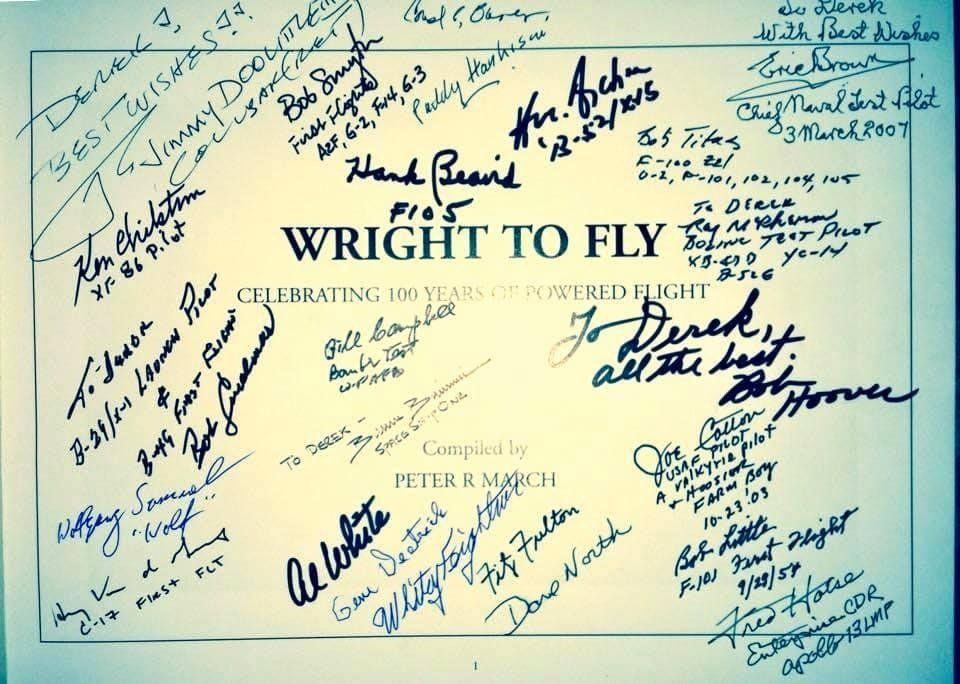
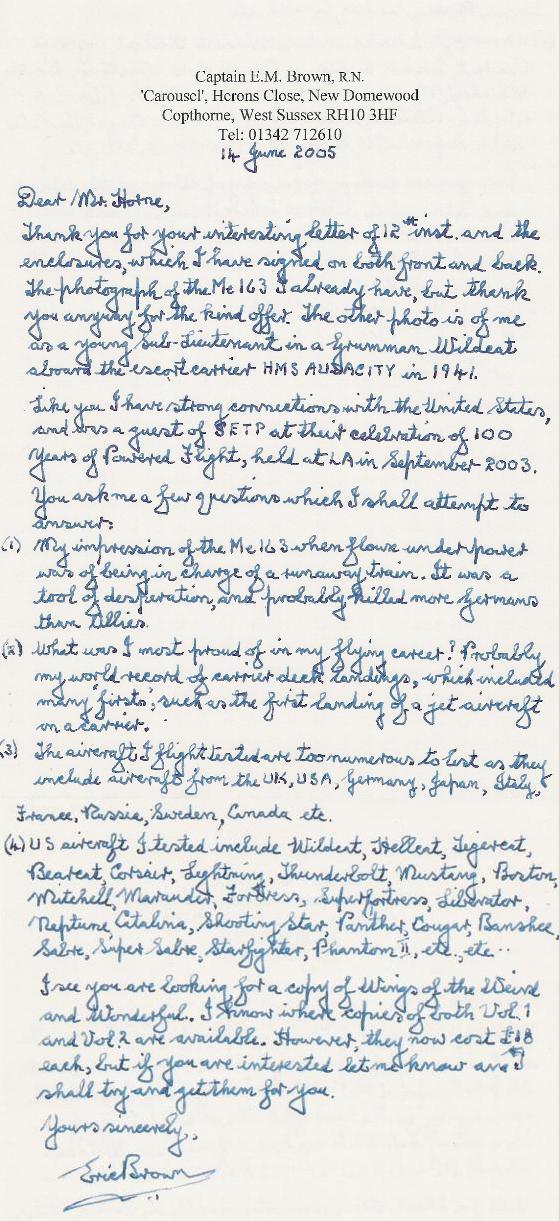
The first letter from Capt. Brown - which reached me in January 2006
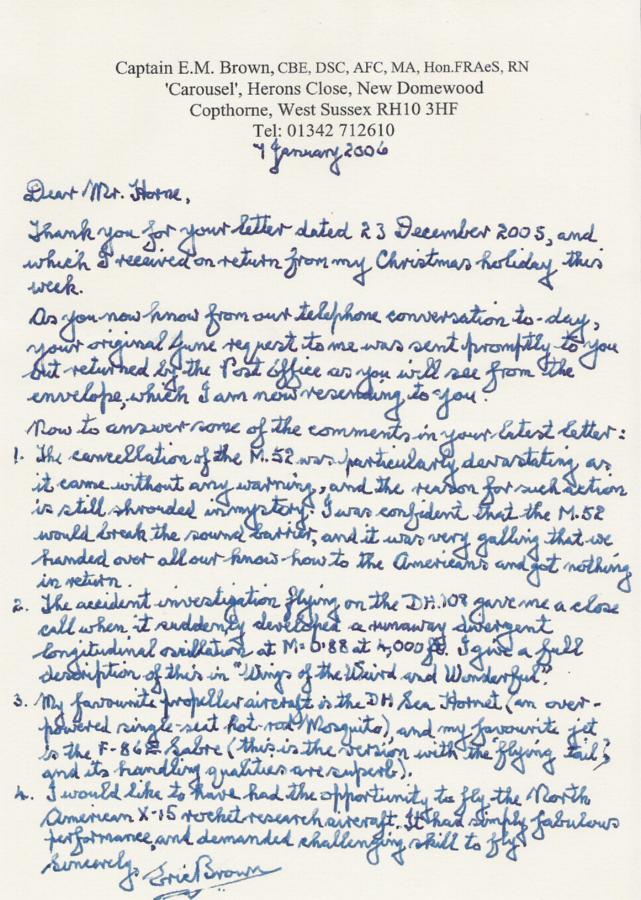
The 2nd letter from Capt. Brown - which refers to his Telephone Call

